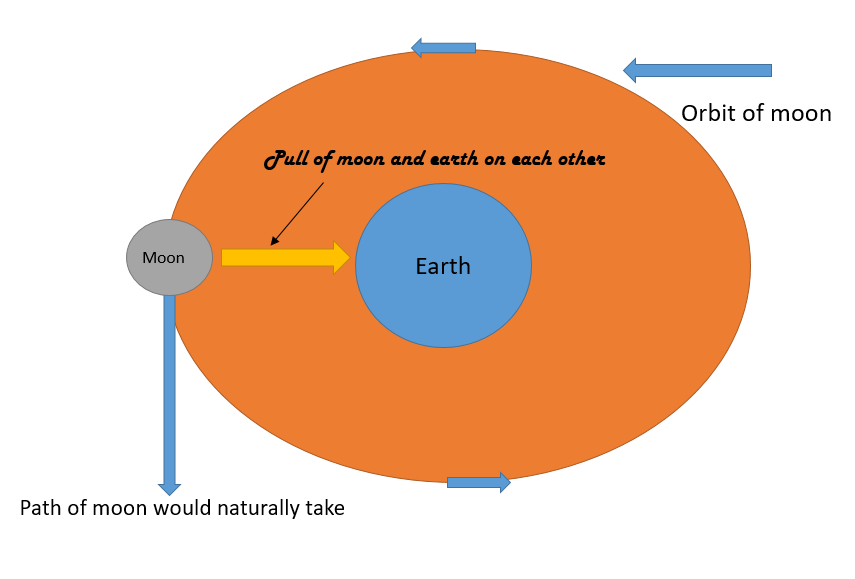
Explain the motion of a planet around the Sun in a circular path.
Answer
570.3k+ views
Hint: The complex behavior of real orbits is the concern of celestial mechanics. Who treats only the idealized, uniform circular orbit of a planet such as Earth about a central body such as the Sun. Earth's orbit about the Sun is not precisely in a uniform circular path, but it is a close enough approximation for this discussion.
Complete step by step answer:
A body in uniform circular motion undergoes at all times centripetal acceleration. According to Newton's second law, a force is required to produce this acceleration. In the case of an orbiting planet, the force is gravity. The gravitational attraction of the Sun is an inward (centripetal) force acting on Earth. So, the gravitational force produces the centripetal acceleration of the orbital motion.

First of all, it is essential to understand why a force is needed to maintain a body in an orbit of constant speed is useful. The primary reason is that, at each instant, the velocity of the planet is tangent to the orbit. In the absence of gravity, the planet would obey the law of inertia, i.e. (Newton's first law), and fly off in a straight line in the direction of the velocity at a constant speed. The force of gravity serves to overcome the inertial tendency of the planet, thereby keeping it in orbit.
Note:
The motion of satellites, like any projectile, is governed by Newton's laws of motion. Due to this fact, the mathematics of these satellites emerges from an application of Newton's universal law of gravitation to the mathematics of circular motion.
Complete step by step answer:
A body in uniform circular motion undergoes at all times centripetal acceleration. According to Newton's second law, a force is required to produce this acceleration. In the case of an orbiting planet, the force is gravity. The gravitational attraction of the Sun is an inward (centripetal) force acting on Earth. So, the gravitational force produces the centripetal acceleration of the orbital motion.

First of all, it is essential to understand why a force is needed to maintain a body in an orbit of constant speed is useful. The primary reason is that, at each instant, the velocity of the planet is tangent to the orbit. In the absence of gravity, the planet would obey the law of inertia, i.e. (Newton's first law), and fly off in a straight line in the direction of the velocity at a constant speed. The force of gravity serves to overcome the inertial tendency of the planet, thereby keeping it in orbit.
Note:
The motion of satellites, like any projectile, is governed by Newton's laws of motion. Due to this fact, the mathematics of these satellites emerges from an application of Newton's universal law of gravitation to the mathematics of circular motion.
Recently Updated Pages
Master Class 12 Business Studies: Engaging Questions & Answers for Success

Master Class 12 Economics: Engaging Questions & Answers for Success

Master Class 12 English: Engaging Questions & Answers for Success

Master Class 12 Maths: Engaging Questions & Answers for Success

Master Class 12 Social Science: Engaging Questions & Answers for Success

Master Class 12 Chemistry: Engaging Questions & Answers for Success

Trending doubts
What is meant by exothermic and endothermic reactions class 11 chemistry CBSE

Which animal has three hearts class 11 biology CBSE

10 examples of friction in our daily life

One Metric ton is equal to kg A 10000 B 1000 C 100 class 11 physics CBSE

1 Quintal is equal to a 110 kg b 10 kg c 100kg d 1000 class 11 physics CBSE

Difference Between Prokaryotic Cells and Eukaryotic Cells




